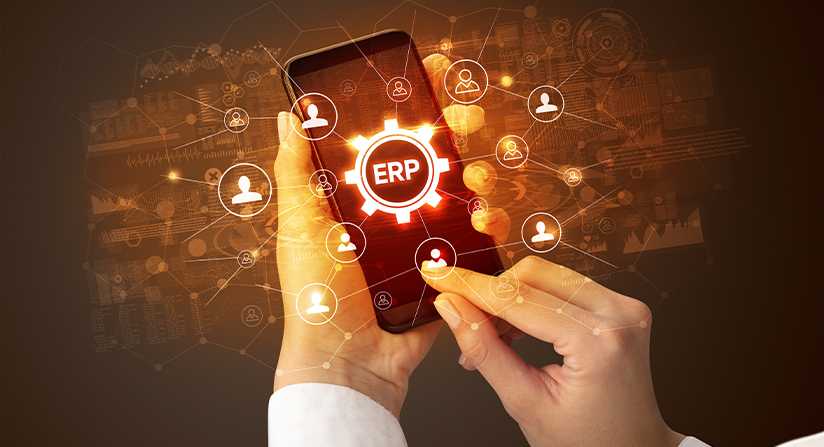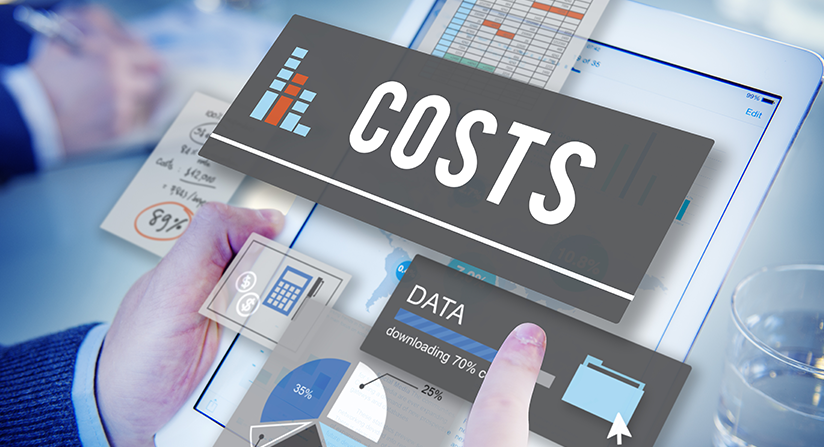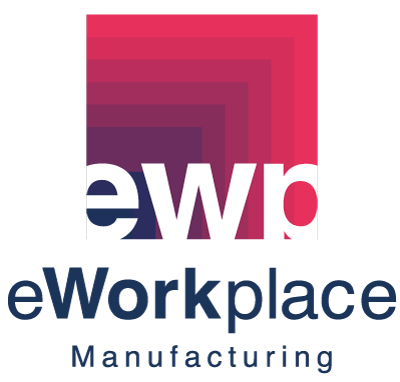In today’s tech-driven world, manufacturers embrace rapidly evolving technology to remain competitive and protect critical business data. If you’re working on an outdated version of your ERP, you may be considering an upgrade to the latest version. To make the decision to invest in an ERP upgrade, let’s look at what a new version could provide for your business.
ERP Upgrade:
Meaning and Benefits
An ERP upgrade occurs when a business moves to a newer version of the same software to improve functionality and usability. However, a company may decide to replace its system with an ERP from a different vendor if it is unhappy with its current provider or software.
The global ERP software market is expected to reach $78.4 billion by 2026.
Suppose your legacy ERP requires manual work or data manipulation for analysis, or it cannot handle additional transactions your business makes as it grows. In that case, you need to upgrade or replace your software. Let’s look at some benefits of changing to a more modern ERP system.
1. Better performance
A newer ERP system will include modern technology that is faster, more powerful, and has a more user-friendly interface. As a result, users are more productive, have better insights for decision-making, and can stay ahead of market demands. Users can use new and more efficient automation and do away with manual efforts. It allows staff to be more strategic in moving your business forward.
2. Enhanced functionality
An upgraded ERP introduces new functionality that makes your processes more efficient and productive. An ERP upgrade may integrate the Internet of Things (IoT) devices to provide additional real-time location and status information, helping strengthen control over supply chains and catch potential disruptions early on.
Given the complexity of modern supply chains and the numerous opportunities for issues to arise, this added functionality could be a compelling reason for some companies to justify upgrading their ERP system. New ERP systems increasingly utilize artificial intelligence and machine learning to automate processes and enhance decision-making. They also have more comprehensive and improved functionalities while offering enhanced mobile support.
3. Regulatory compliance
An upgraded or new ERP system will enable easier tracking, monitoring, and reporting of quality to meet regulatory compliance requirements. Faster access to data and improved automation of workflows further contribute to enhancing quality management.
4. Enhanced security
Cybercrime is becoming increasingly common. Outdated systems may need more security features to combat breaches. Upgraded ERP software better protects an organization’s reputation by implementing standards-based security practices, risk and failover management, attack prevention measures, and continuous improvement processes for security. Upgraded security helps instill confidence among partners, customers, and stakeholders.
5. Better user experience
ERP software upgrades include better interface design, navigation, and overall usability. An improved user interface can help businesses increase productivity by simplifying complex processes. ERP systems with an updated UI help users perform tasks more efficiently. This helps users interact better with the system and be more productive.
6. Integration requirements
With upgraded ERP software, you have one unified solution for every department and can minimize or eliminate other software solutions. Additionally, upgrading ERP can make operations smoother if your business needs integration with third-party software to manage business needs.
7. Competitive advantage
Staying ahead of the competition is crucial in today’s fast-paced business environment. Upgrading ERP enables organizations to leverage the latest technologies and best practices to drive innovation, improve decision-making, and deliver superior products and services to customers. As a result, they can compete more effectively.
Why Should Manufacturers Upgrade or Replace ERP Systems?
Overall, upgrading or replacing ERP systems is essential for manufacturers looking to stay competitive, improve efficiency, comply with regulations, and meet evolving customer expectations in today’s fast-paced business environment. An older ERP system won’t support new technologies, often cannot meet new requirements, and limits new initiatives. Below are some more reasons to upgrade or replace your ERP:
- Your tasks are experiencing delays, high costs, and hurdles.
- The system is slow and difficult to maintain and support, and employees don’t find it user-friendly.
- There’s no support or limited support for mobile devices.
The choice of replacing or upgrading ERP systems depends on how much business value each approach gives the organization. When you upgrade an ERP system, it is a less disruptive process, and you don’t have to partner with a new software vendor.
However, if you feel a replacement ERP would be more beneficial, you will need to begin looking at other options. Analyze your business needs and then choose the right ERP software for them.
50% of companies are soon acquiring, upgrading, or planning to upgrade ERP systems.
What is the ERP upgrade checklist?
ERP upgrades ensure your software runs optimally while reducing machine downtime and ensuring employee efficiency. Below is an upgrade checklist.
- Define objectives and scope: Outline the purpose and scope of the ERP upgrade, including the functionalities and modules needed.
- Understand your current state: Make sure to understand your company’s pain points and current business processes.
- Perform system assessment: Evaluate the current system’s performance, including hardware, software, and database, and identify any customizations or integrations that may be affected by the upgrade.
- Establish a project team: This step involves bringing managers from different departments together to determine whether an ERP upgrade is worth pursuing. People from each area of the company should be involved in the ERP decision-making process.
- Identify solution providers: The next step is to research vendors who can address your business requirements. This can include your current ERP vendor, too.
- Create a project implementation plan: Monitor the back-end database upgrades, data integration and migration, user training, go-live planning, and ongoing vendor support options. The ERP implementation process has different phases, and execution will take time.
Conclusion
It is a good management practice to assess your ERP system regularly and determine the scope of improvement needed or identify emerging issues. If your ERP software doesn’t support technologies that allow you to scale, it is time for an upgrade. As mentioned earlier, ERP upgrades and replacements are different processes, each with pros and cons, but ultimately, both can be very beneficial for your business growth.
Follow Us











